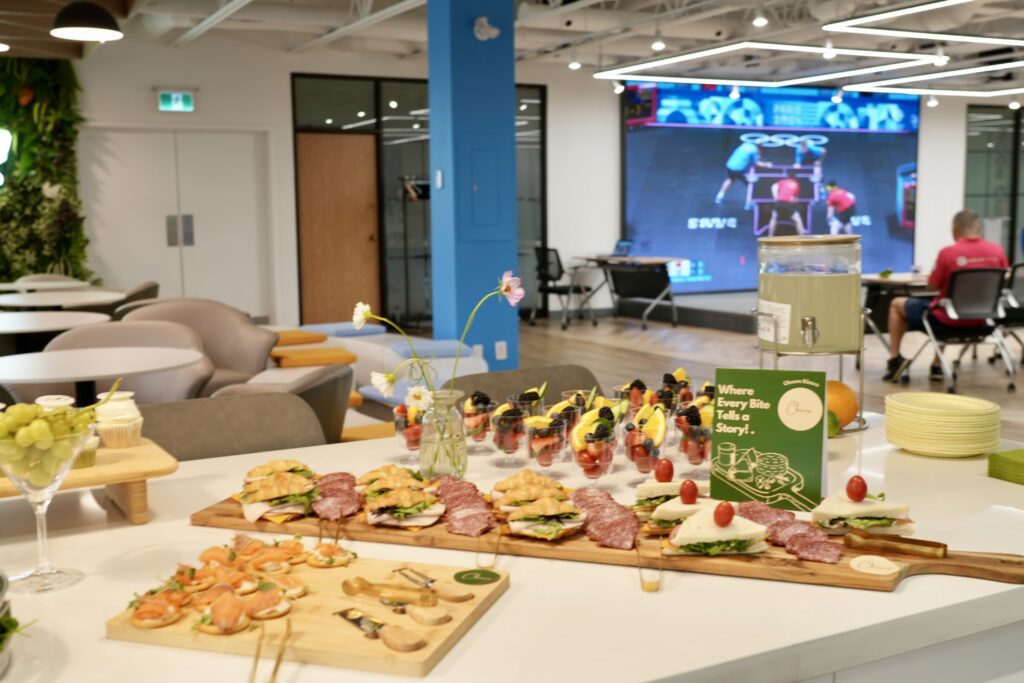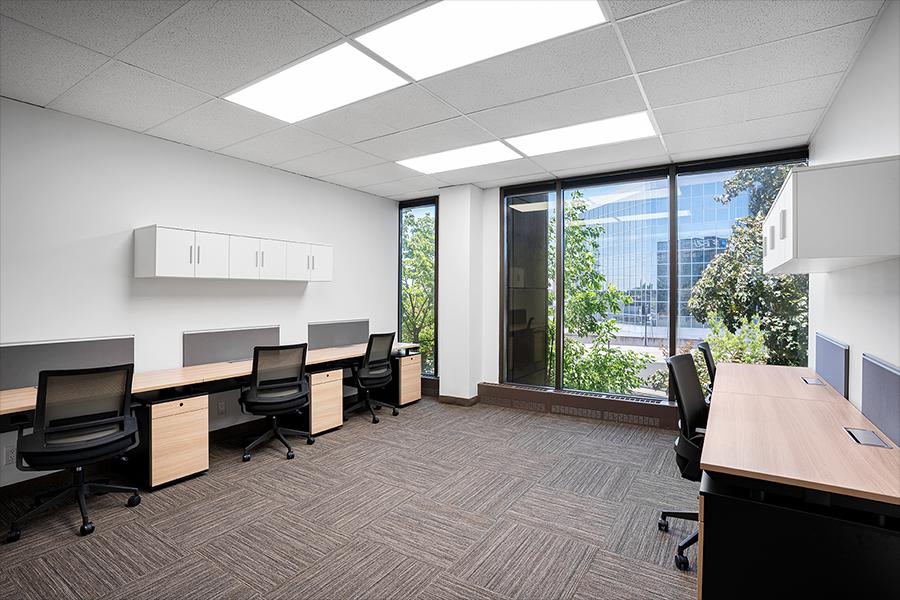You’ve booked the venue. You’ve got the vendors lined up. You’ve even imagined the perfect Instagramamble corner of the space. But here’s the catch: none of it matters if no one shows up.
In today’s digital-first world, the difference between a half-empty room and a packed event often comes down to one thing: how you show up online.
At S3PACE, we’ve worked with organizers behind markets, press releases, workshops, and corporate conferences. One pattern we see time and again: strong social media doesn’t just drive interest, it builds momentum. And momentum brings people through the door.
If you’re promoting an event, here’s how to use social media to do more than just post a flyer. These strategies will help you connect, convert, and ultimately boost your turnout without relying on algorithms or inflated ad budgets.
Start With a Visual Identity That Speaks for You
Before you hit “post,” take a moment to brand your event visually. This isn’t about having the flashiest design or a massive production budget. It’s about consistency. When every post looks like it belongs to the same story, it signals professionalism and builds trust.
A simple toolkit might include:
- A main event poster (in square and vertical formats)
- Templates for Instagram stories or countdowns
- A header image for platforms like LinkedIn or Eventbrite
Use the same fonts, color palette, and tone across your content. Whether you’re DIYing in Canva or working with a designer, the goal is to make your event recognizable from the first scroll.
Don’t Just Post. Plan the Narrative
You wouldn’t run an event without a schedule, so don’t approach social media without one either. A well-paced timeline keeps your event in people’s minds without overwhelming them.
Here’s a simple posting structure you can adapt:
- Four weeks out: Announce the event. Keep it clear and visual.
- Three weeks out: Introduce one or two key features. Maybe a speaker, theme, or giveaway.
- Two weeks out: Go behind the scenes. Show the venue, the prep, or even a Q&A with an organizer.
- One week out: Start building urgency. Use countdowns, answer FAQs, and highlight what attendees can expect.
- Final 48 hours: Use social proof. Share DMs, comments, or RSVP updates to show traction.
By telling a story instead of pushing a sale, you’re making your event feel like something to be part of, not just attend.
Use Short-Form Video to Spark Interest
You don’t need a production team to make engaging content. If you have a smartphone and good lighting, you’re ready.
Reels and TikToks can do wonders for discoverability and hype. Record a 15-second walkthrough of your space. Share highlights from past events, clips of speakers preparing, or even a simple “three reasons to come” video. Add subtitles for accessibility and keep the energy natural, not scripted.
If you only have still photos, consider turning them into short animated videos with music and movement using apps like CapCut or Canva’s video tools. These are more engaging than static posts and favored by most social algorithms.
Make It Easy to Share
Promotion shouldn’t fall entirely on your shoulders. If you’re working with vendors, speakers, or partners, give them something worth reposting. Share ready-made assets, tag them clearly, and express how their support helps build the event.
Your collaborators are your best marketers. They’re usually more than happy to help if you make it simple.
Create Shareable Moments Ahead of Time
Social sharing doesn’t just happen during an event. You can start that buzz early. Think about what kind of content people will naturally want to post:
- A sneak peek of an exclusive product or experience
- A branded filter or countdown sticker
- A poll or quiz that invites followers to engage
You can even create a small giveaway. Ask followers to share the event for a chance to win tickets or merch. Keep the barrier to entry low and the reward relevant to your audience.
If You Boost, Do It Right
Running ads can help, but only if your core message is strong. If you decide to put a bit of budget behind your event, start small. A small ad spend on social media can go a long way when used to retarget visitors who already showed interest, or to reach local audiences interested in similar experiences.
Always direct your ad traffic to a clean, easy-to-navigate page. If someone clicks and lands on a vague or cluttered link, they’re gone.
Show That People Are Coming
Nobody wants to be first. That’s where social proof comes in.
Share screenshots of positive messages or early RSVPs. Repost people’s stories if they tag you. If you’re nearing capacity, say so. It signals demand and makes people feel like they’re joining something popular.
Highlight testimonials or recaps from past events, too, even if they’re short quotes. They give new attendees a sense of what to expect and help them imagine themselves in the room.
Final Thought: It’s About Connection, Not Just Promotion
When done right, social media doesn’t just sell tickets. It builds anticipation, trust, and energy. Your event starts long before anyone steps through the door.
Keep your tone authentic. Show up regularly. Talk to your audience, not at them. And remember: the more people feel part of the story, the more likely they are to show up for the main event.
If you’re looking for a flexible event venue in Toronto that supports creators, small businesses, and brands doing great things, S3PACE is here to help. Whether you’re planning a market, a launch, or a wellness event, we’re more than just a space. We offer the setting and insight to help your event run smoothly.






